Stay Ahead of the Curve
Latest AI news, expert analysis, bold opinions, and key trends — delivered to your inbox.
Google Unveils Tech to Watermark AI-Generated Text
3 min read Google has unveiled new technology designed to watermark AI-generated text. This innovation aims to help users distinguish between human-written content and AI-generated material, enhancing transparency and accountability in digital content creation. October 24, 2024 07:15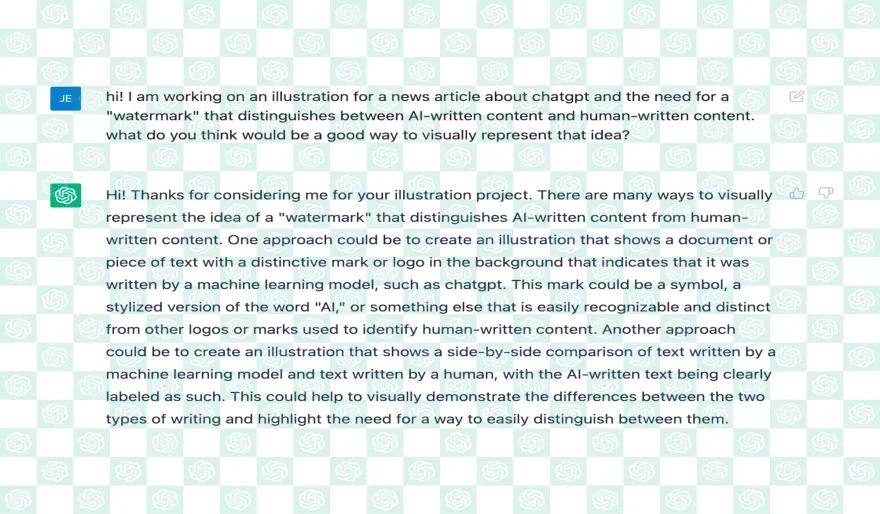
Google has unveiled a new technological advancement designed to combat the growing issue of AI-generated misinformation. The company has developed a technique that can watermark AI-generated text, making it easier to identify and distinguish from human-written content.
The watermarking process involves subtly altering the statistical patterns within the AI-generated text. These alterations are imperceptible to the human eye but can be detected using specialized software. By embedding a watermark into the text, Google aims to provide a way to trace its origin and verify its authenticity.
This new tool is a significant step forward in the battle against deepfakes and other forms of AI-generated disinformation. As AI technology continues to advance, it becomes increasingly difficult to distinguish between real and fake content. Watermarking AI-generated text can help to prevent the spread of misinformation and protect the integrity of information.
While the watermarking technique is not foolproof, it does provide a valuable tool for detecting AI-generated content. Google hopes that this technology will be adopted by other tech companies and organizations to help combat the growing problem of misinformation.
In addition to watermarking AI-generated text, Google is also exploring other methods to address the issue of deepfakes. The company has invested heavily in research and development to develop tools that can detect and identify deepfakes.
The development of watermarking technology for AI-generated text is a positive development in the fight against misinformation. By making it easier to identify and trace the origin of AI-generated content, Google is helping to protect the integrity of information and combat the spread of harmful disinformation.
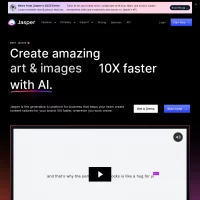

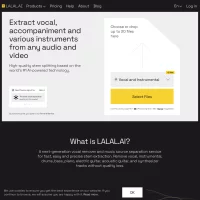
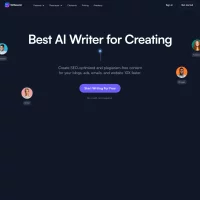



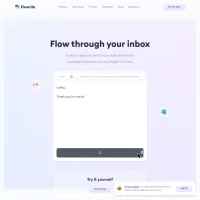

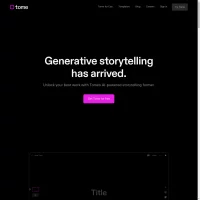



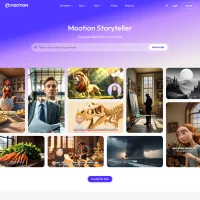
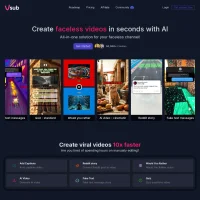



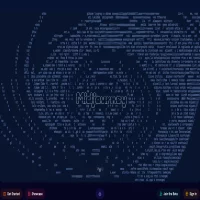
 AI Agents
AI Agents